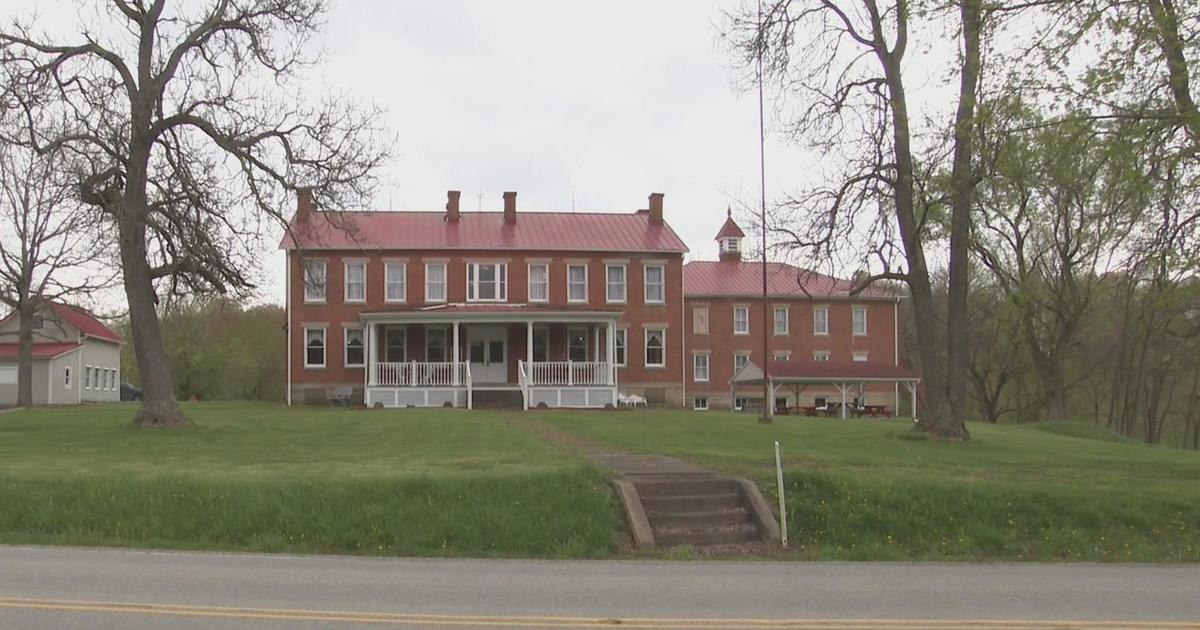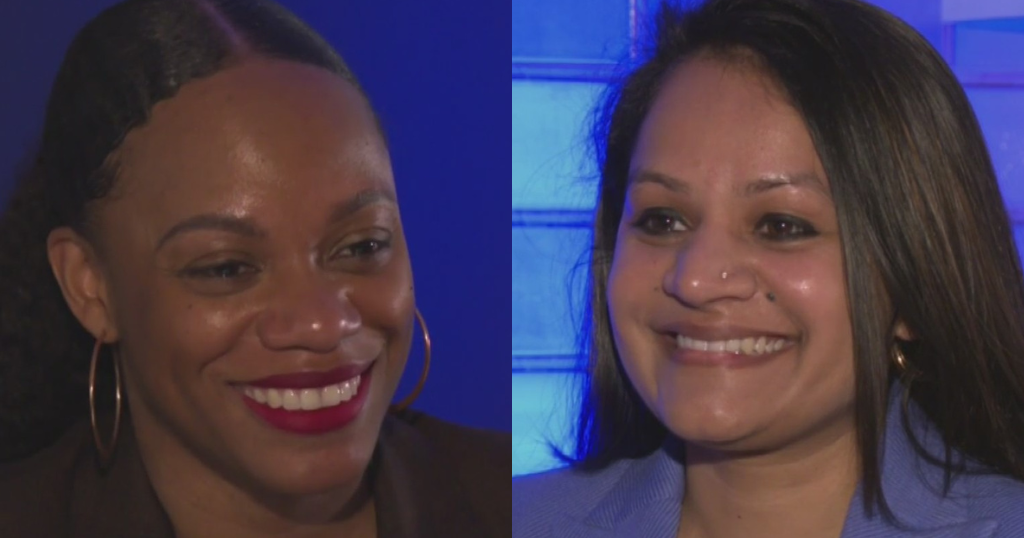The life and legacy of New Kensington native Willie Thrower
PITTSBURGH (KDKA) — The aptly-named Willie Thrower was born to play quarterback and be a trailblazer.
In the late 1940s, Thrower led Ken-High to three straight WPIAL titles despite facing questions about his positioning.
"I give credit to Don Fletcher, who was the coach at Ken-High back then, for putting him in at quarterback in the '40s," said Melvyn Smith, president of the Willie Thrower Foundation. "We couldn't even vote in some places in the '40s."
He wasn't a huge man physically, except for his extremely large hands, which were actually featured on Ripley's Believe it or Not.
"The first time I met him and shook hands with him, his hands were so gigantic," said high school historian George Guido. "One of his nicknames was 'Mitts' and he could hold a football where his hand would almost engulf the whole football."
Those hands, and his powerful arm, drew the attention of college scouts, but there was one problem.
"Miami was looking at him, Georgia Tech was looking at him," said Willie's son, Melvin Smith. "But once they found out what ethnicity he was, they didn't want him. That's how he ended up at Michigan State."
The Spartans program was integrated, and during his sophomore year, Thrower became the first Black quarterback to play in the Big 10 in 1950. As a senior, he was an integral part of MSU's 1952 national championship team.
After graduating from Michigan State, Thrower wanted to play professionally and wanted to stay at quarterback. He signed as an undrafted free agent with the Chicago Bears prior to the 1953 season. Later that rookie year, he became the first Black man to play quarterback in the National Football League on Oct. 18, 1953, when he replaced an ineffective George Blanda against the San Francisco 49ers.
Despite breaking that color barrier, Thrower never became a household name. In fact, many still don't align him with this remarkable achievement.
"There are people here who didn't believe him," said Melvin Smith. "If you knew him, maybe you knew about it but I didn't find out about it until I was about 13 or 14 years old."
Fortunately, Thrower has been getting more attention recently for his accomplishment. A statue was erected at Valley High School in New Kensington and the Willie Thrower Foundation was formed just a few years ago. That foundation hands out an award every year to the area's best high school quarterback.
"Our organization, the Willie Thrower Award Foundation, we've been able to bring awareness to the man and the type of human being that he was," said Melvyn Smith. "And that is one thing about the man was his character at all times."
That character was what gave Thrower the courage to prove the doubters wrong and it also set the stage for this weekend's Super Bowl.
"To be on the world's stage and have two Black quarterbacks starting in the Super Bowl, I think it's special," said Patrick Mahomes, starting quarterback of the Kansas City Chiefs at a press conference this week. "I've learned more and more about the history of Black quarterbacks since I've been in this league and the guys that came before me and Jalen (Hurts) set the stage for this and now I'm just glad we can set the stage for kids that are coming up now."
"From where he started in 1953 to right now in 2023, that's 70 years. And now we're featuring two Black quarterbacks," said Smith. "That just goes to show you that the next generation, how many other Black kids are going to look at that and say 'Hey, if he can do it, I can do it."




